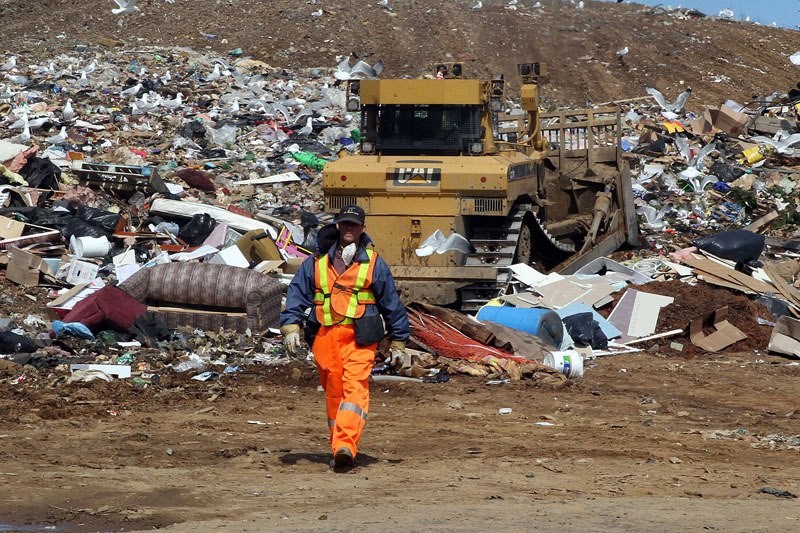Organic curbside waste could be on its way to Thunder Bay.
The practice, common in major municipalities across Canada, is among the possibilities expected to be discussed when the public gets its latest chance to have a say on the future of waste diversion in Thunder Bay.
City officials on Monday said they also expect to hear the need for expanded plastics recycling at the open-house session at a town-hall meeting scheduled to begin at 6:30 p.m. on Tuesday at the Italian Cultural Centre.
Jason Scherband, the co-ordinator of the solid waste diversion and recycling, called it an opportune time to rethink Thunder Bay’s approach to garbage.
In 2011, residents produced more than 55,000 tonnes of waste. Just 32 per cent of it was diverted from the landfill, a number the city would like to see doubled when the new waste management strategy is put into place.
With provincial legislation looming, communities across Ontario may be left with no choice.
And the public outcry, though faint at the moment, is gathering steam, Scherband said, adding at present collection rates, the John Street landfill has about a 23-year life expectancy.
“We know that the public would like to see enhanced programs, maybe new programs,” Scherband said. “From an opportunity standpoint, this is the right time. What we’re hoping is to look at what we’ve got and see how we can enhance existing programs, how can we maybe add new programs to increase our diversion rates.”
Implementing a full organic waste collection program would come with costs. A processing plant, valued in the millions of dollars, would have to be built.
“You can’t add a program like an organics program without collection vehicles and a processing facility involved. Obviously, when you look at adding additional plastics, again that’s adding additional infrastructure,” Scherband said.
“Obviously there are going to be some challenges along the way, but I think some really opportunities. I think we’re well-positioned here, and we’re certainly excited to see the outcome.”
What the city won’t do, drawing on lessons learned elsewhere, is to ignore public input, or not seek it altogether.
It simply doesn’t work well when that’s the approach, said Cathy Smith, a Stantec consultant retained by the city to help guide the new strategy.
“In this case the community is going to be well-engaged in this process. I think the buy-in will be there. I think the community, from what we understand, is interested in increasing diversion rates and environmental initiatives in general,” Smith said.
“I think the implementation needs to be practical. It needs to evolve over a reasonable period of time. There is what we call low-hanging fruit in the system, which we go after, which is ideally higher diversion for lower cost.”
At that point, then harder-to-implement programs are rolled out.
Smith said there’s no reason why those rates can’t be attained. There are opportunities for increased participation in bi-weekly recycling through the blue-bag program.
But without organics added to the mix, hitting the 60 per cent target will be a major challenge.
“Organics represent 45 per cent typically of a municipal waste stream. So it is a big diversion or component, or can be, of a system. It’s just what does that look like for Thunder Bay and the practicality and the cost.”
Tuesday’s public session will involve a presentation, but more importantly, has been designed to gather feedback from residents, through an extensive survey, Facebook and Twitter.
The meeting, which will feature a question and answer session, will also be streamed on the city’s website.
